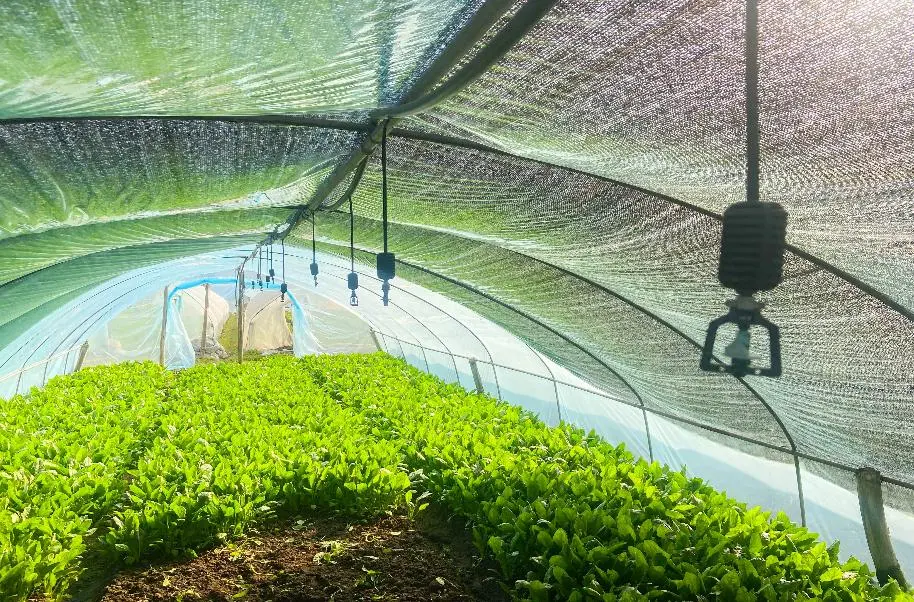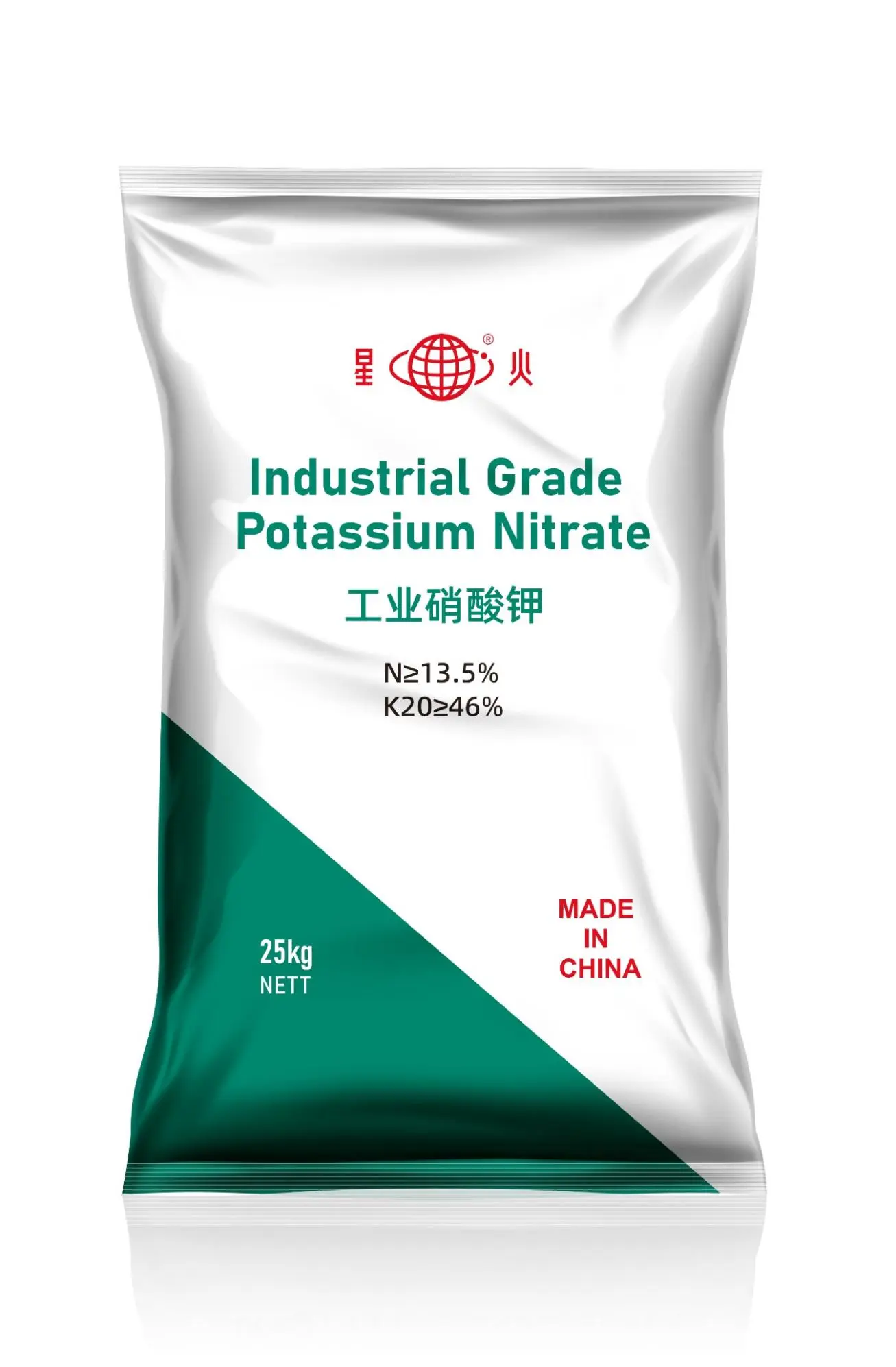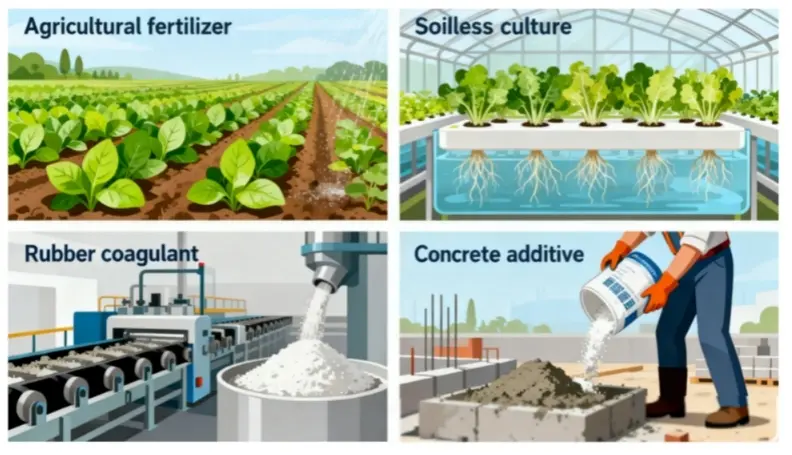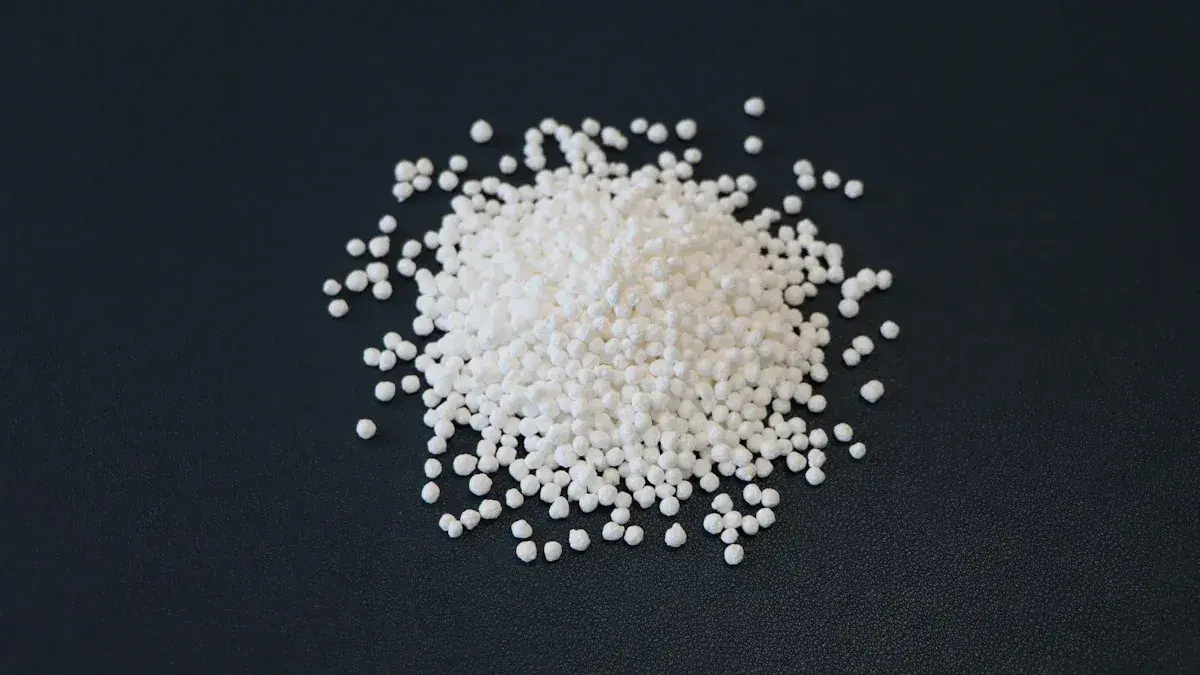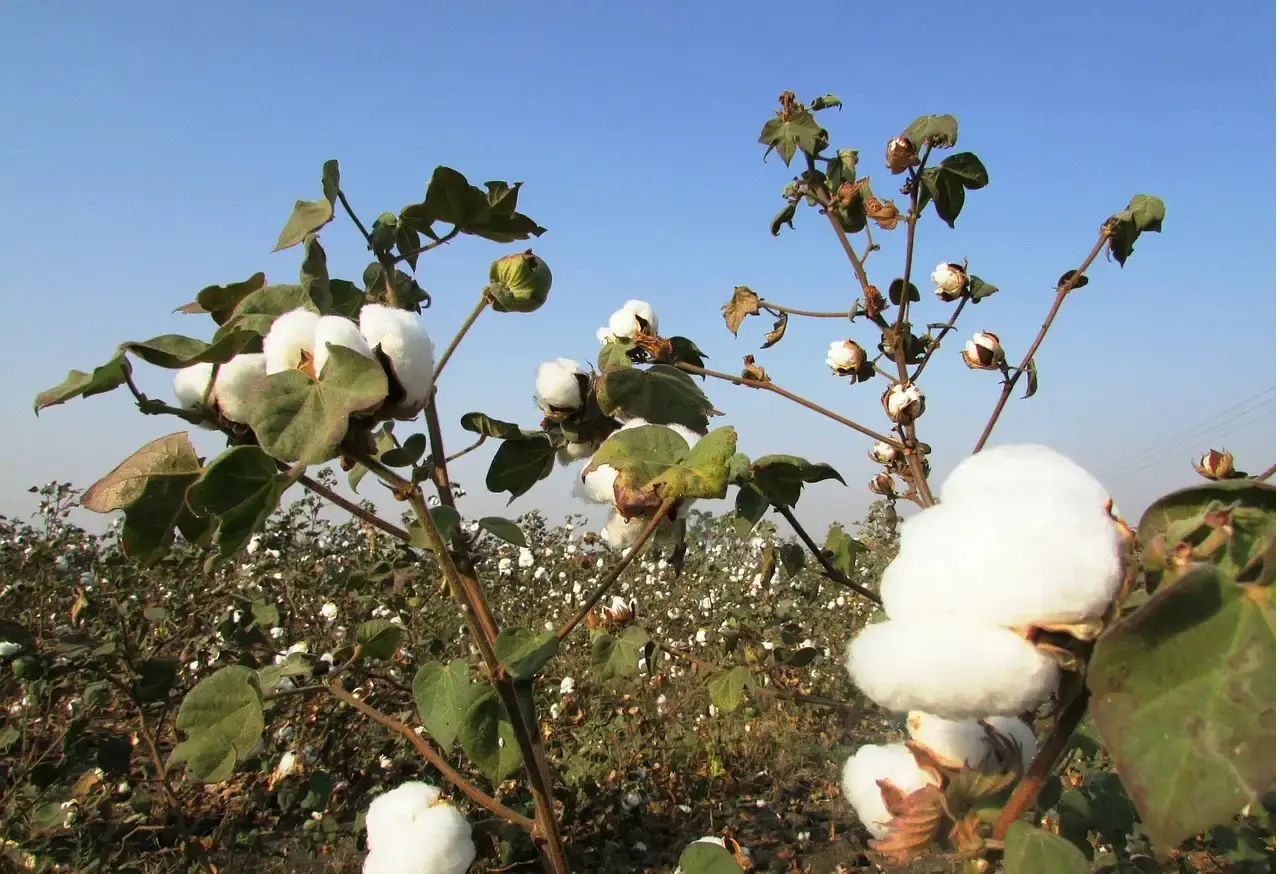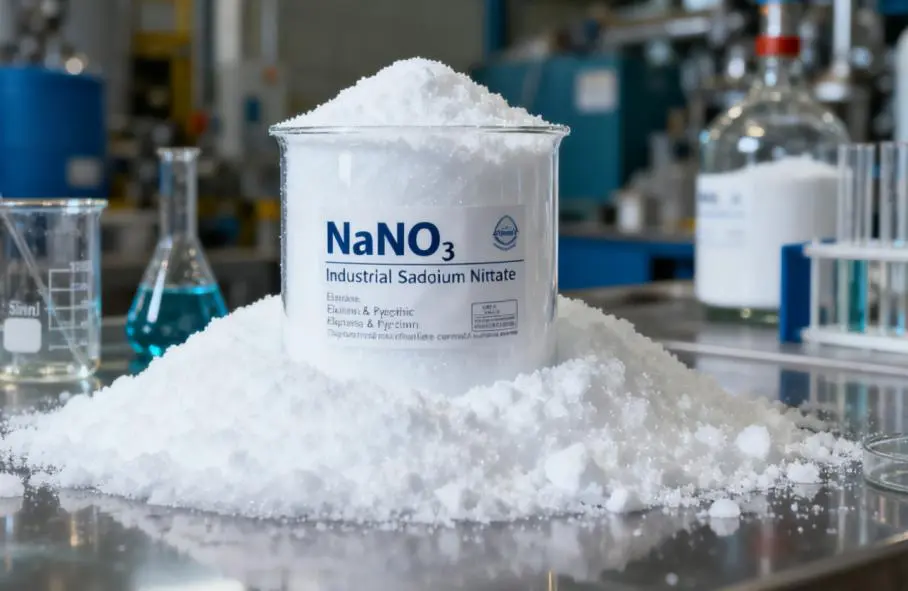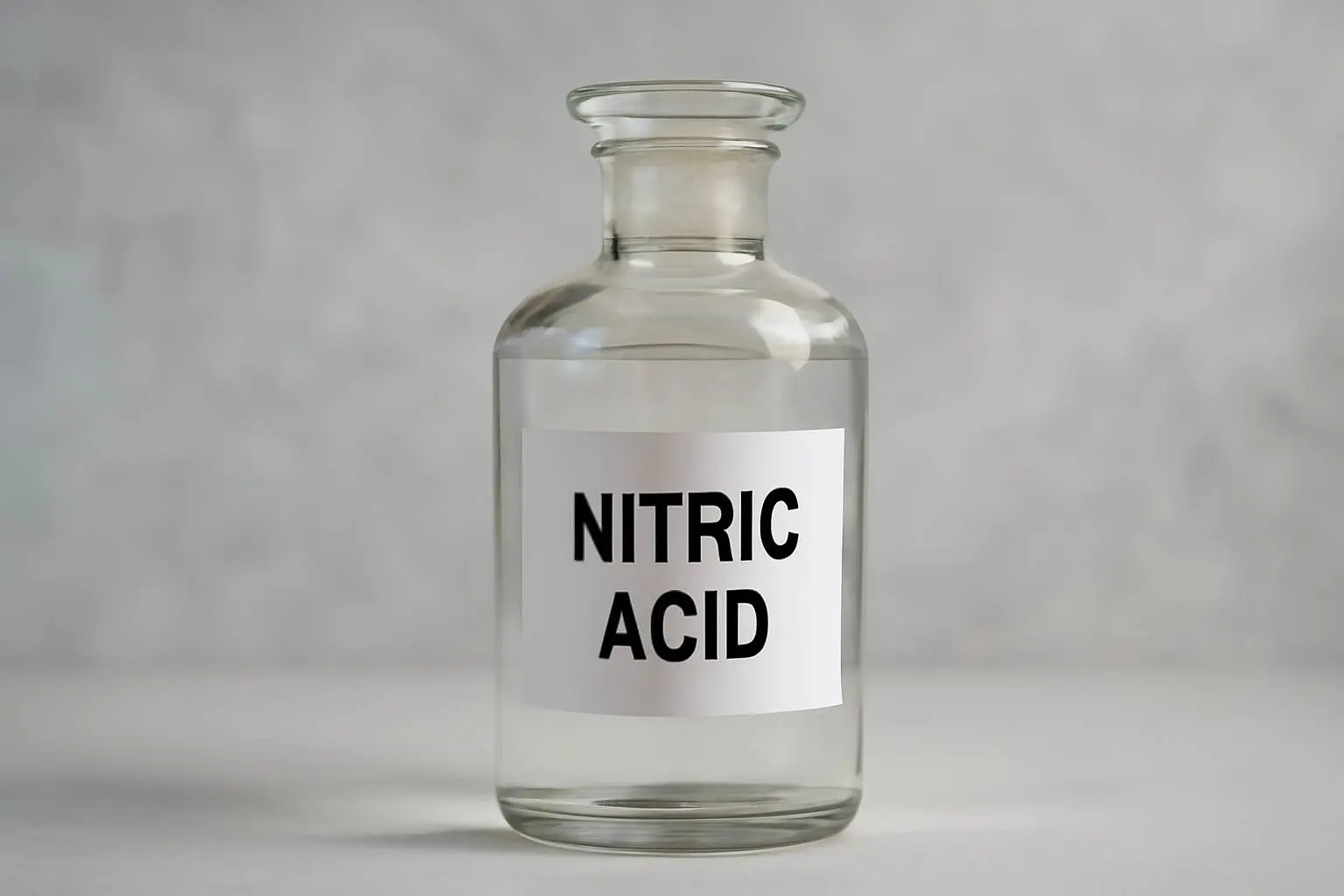A Balanced Nutrient Powerhouse for Diverse Crops
Ammonium Nitrate Phosphate (ANP) stands out as a premium compound fertilizer, uniquely formulated to deliver three critical nutrients—nitrogen (N), phosphorus (P₂O₅), and potassium (K₂O)—in a balanced, plant-available form. Unlike single-nutrient fertilizers that require complex blending, ANP’s integrated formula eliminates the hassle of multiple applications while ensuring crops receive consistent nutrition throughout their growth cycle.
Key benefits of ANP include:
- Optimal N-P-K Ratio: Customizable to suit specific crop and soil requirements (e.g., 20-20-0, 25-10-5), ANP supports early root development, vigorous vegetative growth, and improved fruit/seed formation—ideal for staple crops like wheat, corn, rice, as well as high-value cash crops such as cotton and vegetables.
- Fast-Acting & Long-Lasting Nutrition: The ammonium nitrate component provides immediate nitrogen release to fuel rapid growth, while the phosphate fraction ensures sustained nutrient supply, reducing the risk of nutrient leaching and maximizing fertilizer use efficiency (FUE).
- Soil-Friendly Composition: ANP’s low salt index minimizes soil compaction and maintains soil pH balance, preserving soil health for long-term agricultural productivity. It is also compatible with most soil types, from sandy loams to clay soils, making it a versatile choice for diverse farming regions.

Comprehensive Usage Guidelines: Maximize ANP’s Efficacy Across Crops & Stages
To help farmers unlock ANP’s full potential, Henan YongChang provides detailed, crop-specific usage recommendations—tailored to growth stages, soil conditions, and regional farming practices. Below is a breakdown of key usage guidelines, designed to balance efficacy, cost-efficiency, and environmental responsibility:
1. Crop-Specific Application Rates & Timing
ANP’s versatility makes it suitable for a wide range of agricultural crops, with application rates adjusted to match each crop’s nutrient demand and growth cycle. The table below outlines common use cases:
2. Application Methods: Matching Practice to Crop & Soil
This is a paragraph
| Crop Type | Growth Stage Targeted | Recommended ANP Rate | Key Purpose |
| Wheat/Corn | Seedling establishment | 150-200 kg | Boosts root development and early tillering; Prevents nutrient deficiency. |
| Wheat/Corn | Jointing/Heading stage | 200-250 kg | Supports stalk strength and grain filling; |
| Rice | Transplanting | 120-180 kg | Aids recovery from transplant shock; |
| Rice | Panicle initiation stage | 180-220 kg | Ensures sufficient nutrient supply for panicle development and grain set. |
| Cotton | Seedling stage | 100-150 kg | Promotes healthy leaf growth and root expansion. |
| Cotton | Boll formation stage | 200-250 kg | Sustains nutrient delivery for boll development; Reduces boll drop. |
| Vegetables | Transplanting | 80-120 kg (pre-plant); | Pre-plant application enriches soil; |
| Vegetables | Fruit development stage | 100-150 kg | Enhances fruit size, color, and nutritional quality (e.g., tomatoes, peppers). |
Data from google.com, Area:China
ANP can be applied via multiple methods, depending on crop type, soil structure, and farming equipment availability. The choice of method directly impacts nutrient uptake efficiency:
- Broadcasting: Ideal for large-scale cereal crops (wheat, corn) and pastures. Applied uniformly across the field using a spreader, either before sowing (pre-plant incorporation) or during active growth (top-dressing). For top-dressing, avoid direct contact with wet foliage to prevent leaf burn—apply during dry weather and water lightly post-application.
- Band Placement: Recommended for row crops (cotton, vegetables, corn). ANP is placed in narrow bands (5-10 cm deep) alongside or slightly below the seed/root zone. This method reduces nutrient loss via leaching and ensures targeted delivery to roots, increasing uptake efficiency by 15-20% compared to broadcasting.

- Fertigation: Suitable for irrigated crops (rice, vegetables, greenhouse crops). ANP is dissolved in irrigation water (ensure full solubility; test water pH to avoid precipitation) and delivered directly to the root zone via drip, sprinkler, or flood irrigation. This method allows for split applications (2-3 doses during key growth stages), minimizing waste and adapting to crop nutrient demand.
- Side-Dressing: Common for row crops and vegetables. Applied as a localized band beside the crop row (3-5 cm away from stems) during active growth (e.g., corn jointing, tomato fruit set). Prevents root damage while ensuring nutrients are available when crops need them most.
3. Soil & Environmental Considerations
To optimize ANP’s performance while reducing environmental impact, follow these best practices:
- Soil Testing First: Conduct a soil test (focus on pH, organic matter, and existing N/P levels) before application. For acidic soils (pH < 5.5), pair ANP with a lime amendment to maintain nutrient availability; for alkaline soils (pH > 7.5), avoid over-application to prevent phosphorus fixation.
- Avoid Over-Application: Excess nitrogen can lead to nitrate leaching (contaminating groundwater) or volatilization (releasing nitrous oxide, a greenhouse gas). Stick to recommended rates, and use split applications for crops with extended growth cycles (e.g., cotton, rice).

- Water Management: After application, ensure adequate but not excessive irrigation. Light watering (20-30 mm) helps dissolve ANP granules and move nutrients to the root zone; heavy rainfall immediately post-application may cause leaching, especially in sandy soils.
Leading Chemical Manufacturer Elevates Agricultural Productivity with High-Efficiency Ammonium Nitrate Phosphate (ANP)
[Henan Xinxiang, 9.1] – As global agriculture faces mounting pressures to boost crop yields, optimize resource use, and meet the growing demand for food security, [Henan YongChang], a trusted leader in innovative chemical manufacturing, today reinforces its commitment to agricultural sustainability by highlighting the superior performance of its flagship fertilizer product: Ammonium Nitrate Phosphate (ANP). Tailored for modern farming needs, ANP is now available globally via the company’s official Google-independent website, offering farmers, agribusinesses, and distributors a direct channel to access a high-quality, nutrient-dense solution that drives crop health and productivity.
Global Accessibility via Henan YongChang’s Official Website
To ensure farmers, distributors, and agribusiness partners worldwide can easily access ANP, Henan YongChang has streamlined procurement through its Google-independent website ([https://www.nitrofertilizersupply.com]). The platform offers:
- Detailed product specifications, including customizable N-P-K ratios and application guidelines for different crops.
- Secure online inquiry and quotation requests, with dedicated customer support teams available to address technical questions and order-related needs.
- Transparent logistics information, including global shipping options and delivery timelines, to ensure timely access to fertilizer—even during peak planting seasons.
A Partner in Agricultural Success
“At Henan YongChang Nitro Fertilizer Co, Ltd, we understand that fertilizers are more than just inputs—they are investments in global food security,” said Mr. Wan Head of Agricultural Division of YongChang. “Our ANP is designed to empower farmers to do more with less: boosting yields, reducing nutrient waste, and protecting soil health. By making ANP easily accessible through our website, we’re committed to partnering with the agricultural community to meet the challenges of a growing population and a changing climate.”
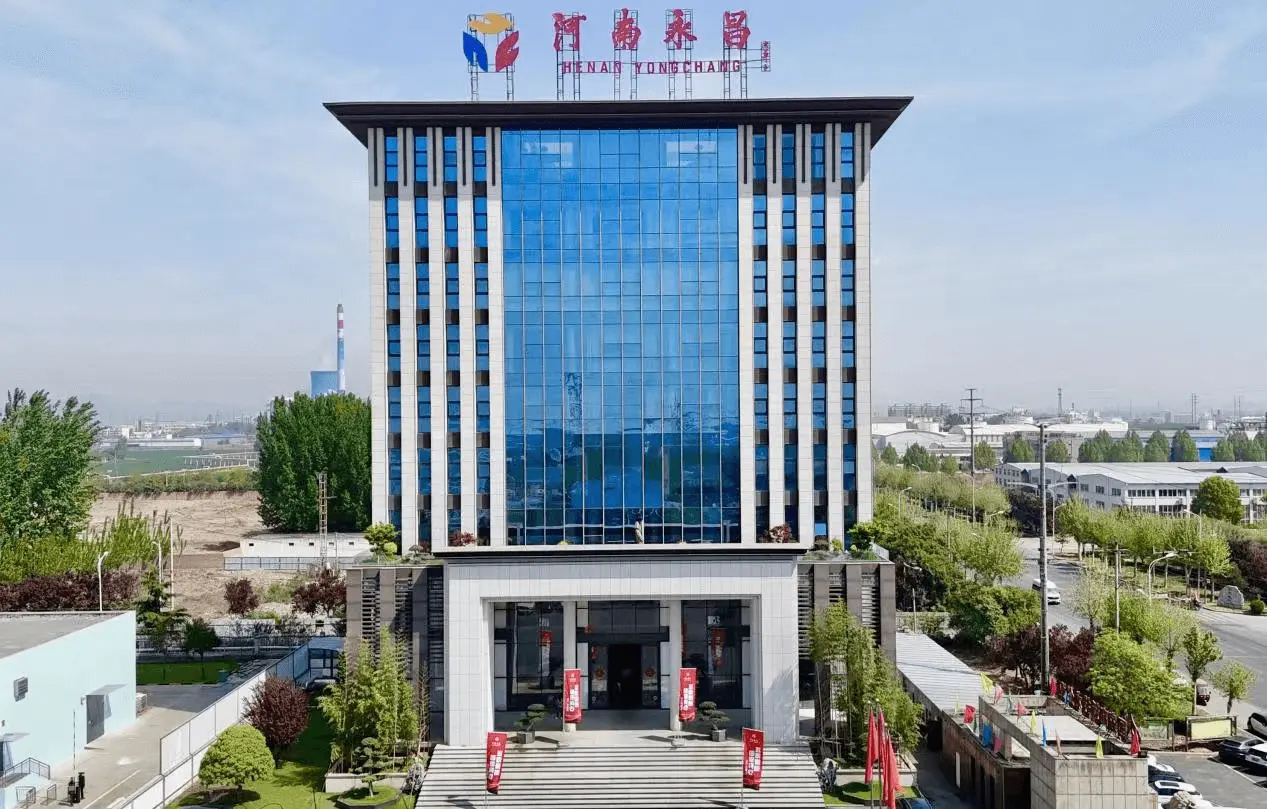
For more information about Ammonium Nitrate Phosphate (ANP) or to request a quotation, visit [https://www.nitrofertilizersupply.com/].

